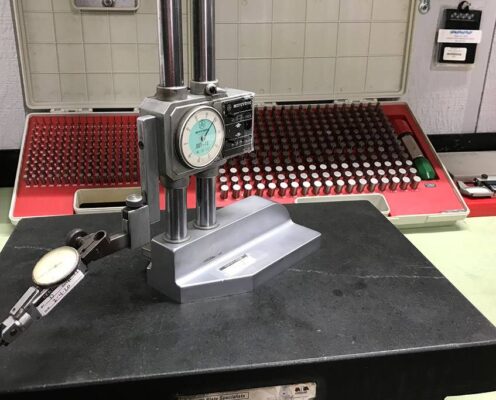Gentzler Tool & Die offers line stamping solutions, a highly flexible and efficient manufacturing process designed to handle large and complex metal components. Unlike progressive stamping, where parts are formed in a single die setup, line stamping moves metal parts through a series of individual press stations, each performing a different operation. This method allows for greater customization, improved part quality, and the ability to manufacture larger components with intricate designs.
Located just south of Akron, OH, in Uniontown, OH, we provide high-precision line stamping solutions for manufacturers across multiple industries, ensuring durability, accuracy, and efficiency in every part we produce.


